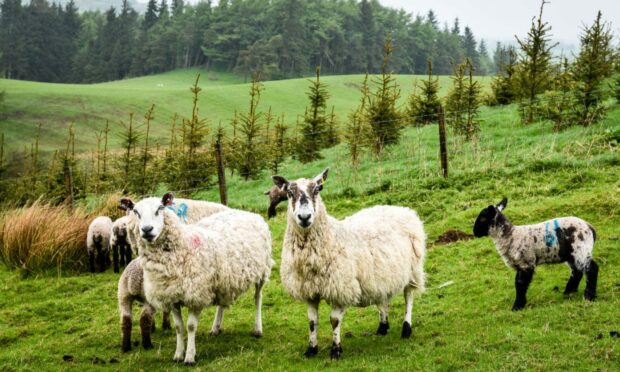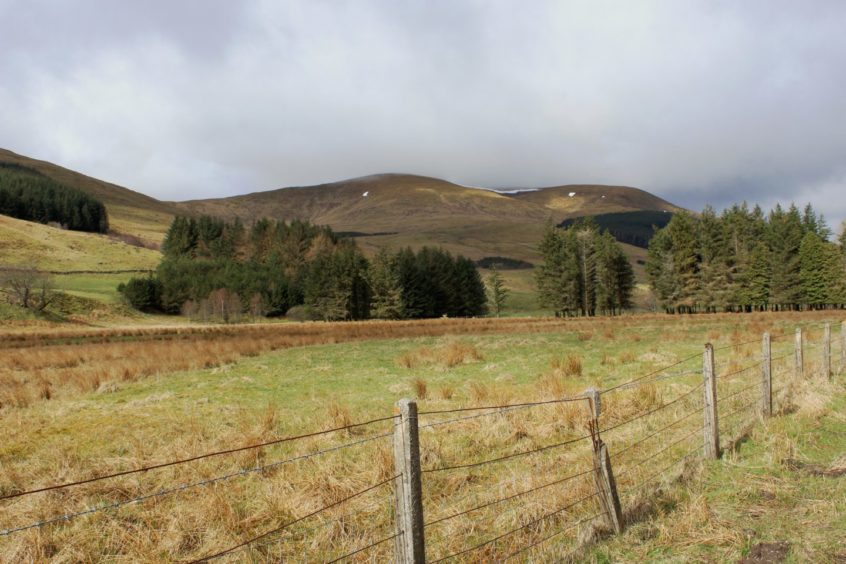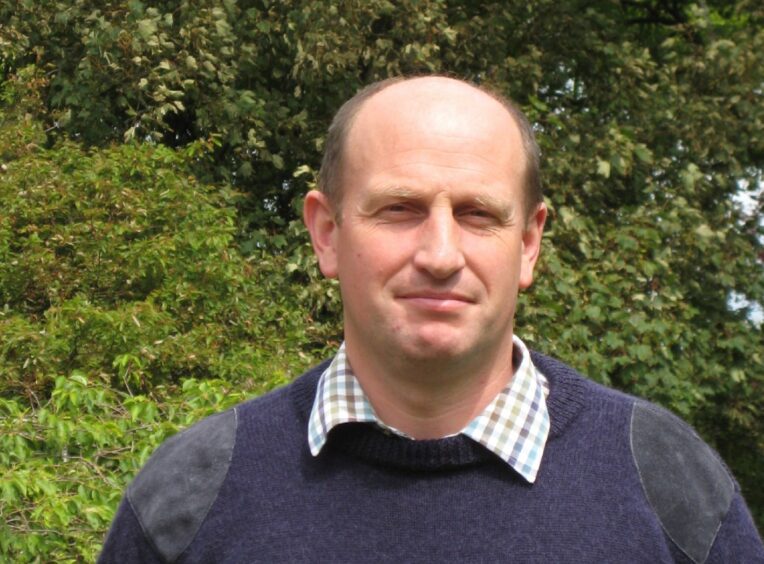Scotland’s tenant farmers are being encouraged to tap into the benefits of woodland and forestry creation.
As a debate over tree planting on productive farmland rages within the farmers’ union, the Scottish Tenant Farmers Association (STFA) has thrown its weight behind a Scottish Forestry project that demonstrates how forestry can benefit all farm businesses.
To illustrate the options, a study has been published based around Ruthven Farm, a tenanted 800-acre unit in the Highlands which is owned by the Crown Estate Scotland.
Environment Minister, Màiri McAllan, said the government wanted to ensure all farmers, including tenant farmers, can grow trees to boost their businesses.
”Farm woodlands can bring many benefits including shelter for livestock, improved habitats for wildlife, providing a future income from timber and reducing the business’s carbon footprint,” she said.
On Ruthven, mixed woodland planted in wet, less productive areas has provided shelter and habitat for the farm’s flock of sheep. The planting projects have also paid for new fencing which has improved biosecurity barriers with neighbouring farms.
STFA chairman Christopher Nicholson, said the landlords of Ruthven farm had set a good example by permitting tenants to plant trees.
“We would like to see other landlords adopt a similar approach with tenants seeking to diversify into trees,” he said.
“This case study on Ruthven Farm provides valuable examples of the types of woodland creation possible on a tenanted holding, from small scale farm woodlands to large scale commercial conifers. The benefits to the farm of integrating appropriate tree planting with agriculture are clearly analysed in the study, including income arising from the Woodland Carbon Code.
“The STFA would like to see these types of tree planting options available to all tenants should they wish to integrate trees on their holdings. Despite existing restrictions around agricultural leases which may need to be addressed, it is vital that farm tenants can contribute to biodiversity and mitigation of climate change.
Scottish Forestry has developed a number of initiatives to make it easier for smaller landowners, farmers, crofters and woodland owners to grow trees.



